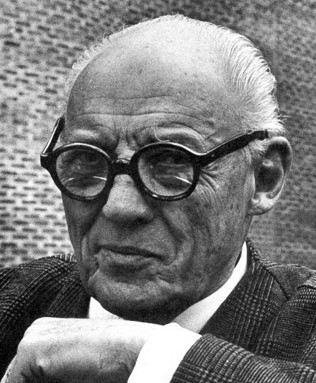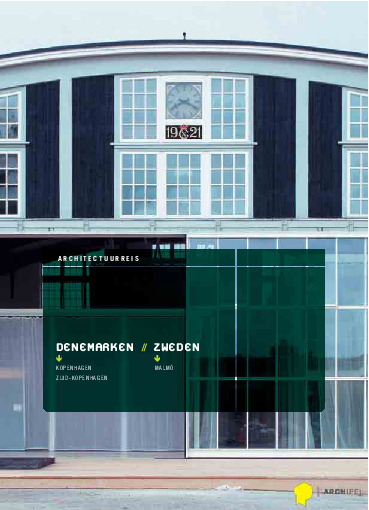Sigurd Lewerentz

Sigurd Lewerentz (°Sandö, 29 July 1885 – †Lund, 29 December 1975) was a Swedisch architect.
Lewerentz initially was trained as a mechanical engineer at the Chalmers University of Technology in Gothenburg (1905–8). Later he took up an architectural apprenticeship in Germany. He first opened his own office in Stockholm in 1911, and through his association with Gunnar Asplund became involved with the design of cemetery.
Together they made a winning entry for the Stockholm South (Woodland) Cemetery competition of 1914–15. This project was implemented initially by both architects, however, the latter stages were done by Asplund alone. He and Asplund were appointed as the main architects for the Stockholm International Exhibition (1930) but afterwards Lewerentz became disillusioned, Lewerentz turned away from architecture for many years, and from 1940 he ran a factory producing windows and other architectural fittings of his own design.
Sigurd Lewerentz, together with his colleagues Erik Lallerstedt and David Helldén, created between 1933 and 1944 what is regarded of one of the masterpieces of functionalist architecture, Malmö Opera and Music Theatre. The foyer is considered of particular beauty, with its open surfaces and beautiful marble staircases and it is adorned with a number of works of art by artists such as Carl Milles and Isaac Grünewald. He was awarded the Prince Eugen Medalfor architecture in 1950.











